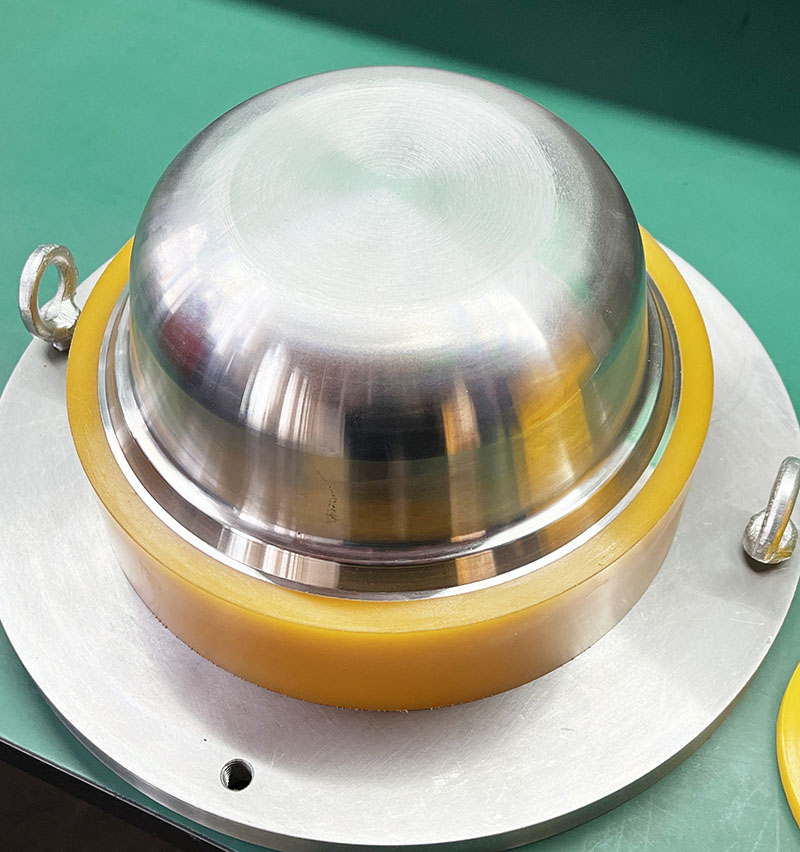

The Principle and Material of Isostatic Pressing
Material in powder form is sealed into a flexible mould (or bag) situated inside a pressure vessel. Hydrostatic pressure is applied to the outside of the mould, until the powder molecules inside have bonded sufficiently. Subsequent finishing processes may be required.
I. Principle of isostatic pressing
1. Powder is placed and sealed in flexible mould such as polyurethane and is then subjected to a uniform hydrostatic pressure.
2. Wet-bag technique. Flexible bag containging the powder is submerged in the pressure vessel containing the pressurising fluid, such as soluble oil.
3. Dry-bag technique. Flexible bag is "fixed" in the pressure vessel and powder can be loaded without bag having to leave the vessel.
II. Materials:
All powders can be cold isostatically compacted, including ceramics such as alumina spark-plug shells and silicon nitride components.
Tungsten powders are cold isostatic pressed (CIP) into a variety of shapes.
High alloy ferrous billets are CIP before hot isostatic pressing (HIP).
A wide range of ceramics are CIP including alumina (Al2O3), silicon nitride (Si3N4), silicon carbide (SiC) and sialons (Si-Al-O-N).

We support all kinds of customization, if you need it, please contact us.
Phone/whatsapp:+86 18234744811
Email:sales@highindustryco.com









